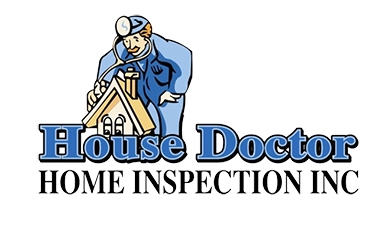Pet-Proof Your Home: Securing Hazardous Areas
Pets are naturally curious, which sometimes leads them into dangerous situations. The kitchen and bathroom are two areas that pose hazards. Store cleaning supplies, medications, and sharp objects in secure cabinets. Use child-proof locks for lower cabinets to prevent pets from accessing harmful substances. Keep trash cans covered or secured to avoid accidental ingestion of dangerous items.
Protecting Your Furniture and Belongings
Cats and dogs can cause considerable damage to furniture and other belongings. Choose furniture with durable, pet-friendly fabrics. Leather and synthetic materials are often more resistant to scratches and stains. For added protection, use slipcovers or washable pet-friendly blankets.
Training your pets to use scratching posts and designated chewing toys will also save your furniture from wear and tear. These alternatives will satisfy their instincts and keep them away from your valued items.
Electrical Safety Measures
Electrical cords pose a significant risk to pets, especially puppies and kittens who love to chew on things. To prevent accidents, use cord protectors or hide cords behind furniture. Ensure that all electrical outlets are covered, especially those that are easily accessible. For added safety, unplug appliances when not in use to reduce the risk of electrical shock.
Creating a Pet-Safe Outdoor Space
If your home has a yard, making this area safe for your pets is essential. Ensure fences are secure and high enough to prevent your pets from escaping. Check for gaps or weak spots in the fence that your pets could get through.
Avoid using toxic plants in your garden, as many common plants are harmful to pets if ingested. Some plants to avoid include lilies, azaleas, and sago palms. Additionally, store gardening tools and chemicals out of reach to prevent accidental poisoning or injury.
Ensuring Indoor Air Quality When You Pet-Proof Your Home
Indoor air quality is important for the health of your pets and your family. Regularly clean and vacuum your home to reduce dust and pet dander. Use air purifiers to maintain clean air, especially if anyone in your household has allergies. Avoid using harsh chemicals and opt for pet-safe cleaning products to keep your home fresh and safe for your pets.
Windows and Balconies
Windows and balconies are hazardous for pets. Install sturdy screens on windows to prevent your pets from falling out. If you have a balcony, make sure the railing is high enough and the gaps are narrow enough to prevent small pets from slipping through. Supervise your pets when they’re on the balcony to avoid accidents.
Follow these pet-proofing tips to create a safe and harmonious living environment for both you and your pets. These precautions will help prevent accidents and allow your pets to enjoy a happy and healthy life in your home.
Pet-Proof Your Home FAQs
What are some common household items that are dangerous to pets?
Cleaning supplies, medications, electrical cords, small objects that can be swallowed, and certain plants are common household items that are dangerous to pets.
How can I prevent my pet from accessing the kitchen counters?
Train your pet to stay off counters by consistently redirecting them to the floor and rewarding them for staying down. You can also use deterrents like double-sided tape to discourage jumping.
How can I make my home more stimulating for my pet?
Provide a variety of toys and rotate them regularly to keep your pet engaged. Create interactive play areas with climbing structures for cats and obstacle courses for dogs. Allow your pet to have regular social interaction and mental stimulation through training and playtime.
What do I do if my pet eats something toxic?
Call your veterinarian immediately or call an emergency pet poison helpline. Do not induce vomiting unless directed by a professional.
How can I safely introduce a new pet to my home?
Introduce the new pet to your home and your other pets gradually. Initially, create a separate, safe space for the new pet and allow short, supervised interactions. Monitor their behavior and provide positive reinforcement to encourage good interactions. Patience and consistency are key during this transition period.
House Doctor Home Inspection offers inspection services in Rhode Island. If you’re buying or selling a home, contact us to request an appointment.

